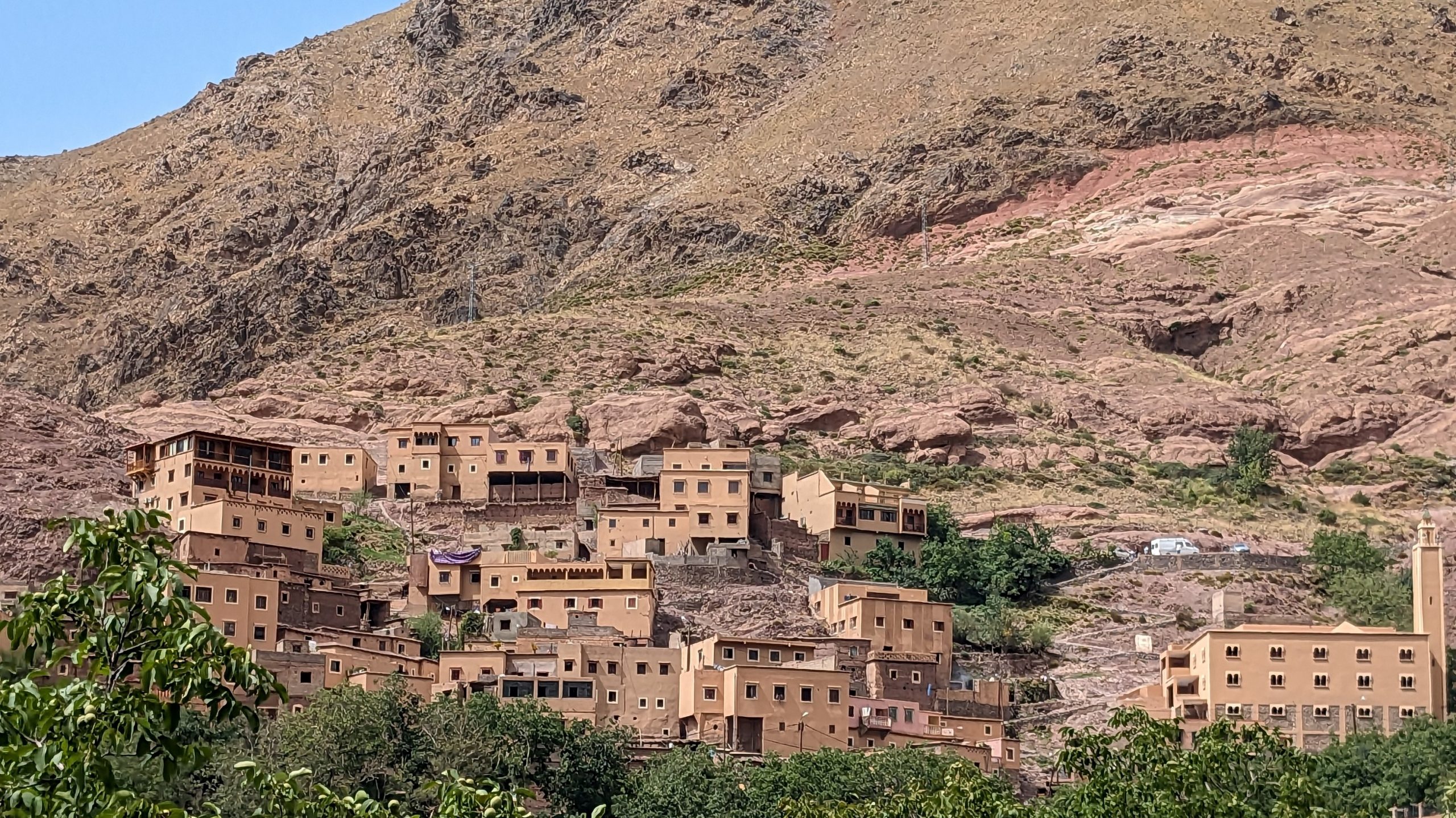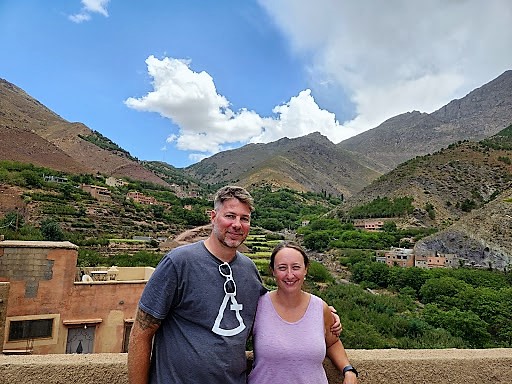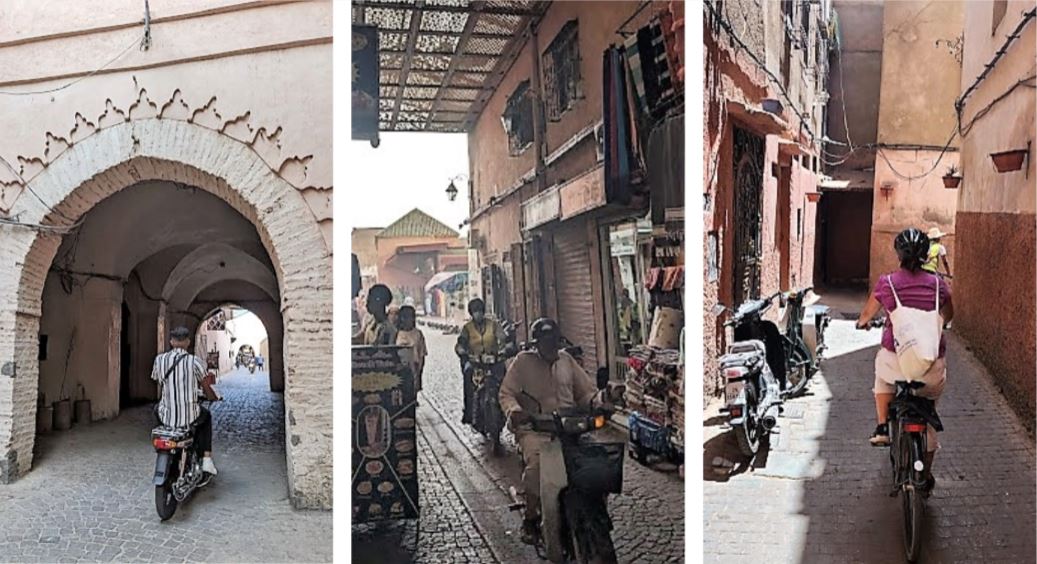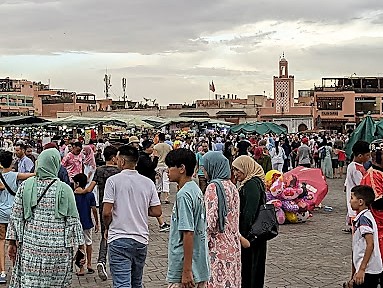How to Help Morocco

Ariadne Prior-Grosch and Tom Bradway both teach at the Academy for Software Engineering in Manhattan, NY. This summer, they used a $10,000 Fund for Teachers grant to explore Enduring Issues and Crosscutting concepts in 10th-grade global history and earth science curricula across the African continent to highlight content connections, interdisciplinary learning opportunities and culturally responsive case studies and develop project-based learning units that integrate themes in global history and earth science. Three weeks after they returned home, Morocco experienced a 6.8 magnitude earthquake. We appreciate this reflection and their desire to give back to the people who welcomed them so warmly.
We ended our fellowship journey in Morocco less than three weeks ago, staying in Marrakech and visiting the High Atlas Mountains. Every person we met was incredibly excited to tell us about the deep history of Marrakech and its peoples and excited to know that we would incorporate what we learned into our classrooms.
In the mountains, we visited the town of Imlil, a gateway for hikers and the ancestral home of the Amadigz (Berber) people. We were welcomed into our guide’s home for a delicious meal and shown around their hillside farmlands and innovative water management systems. Now, the photos and videos coming out of the rural communities in the High Atlas Mountains and the city of Marrakech are devastating following the 6.8 magnitude earthquake on September 8th with the loss of life now over 2800 people…2800+ people who all had families, friends and loved ones.
Earthquakes are not unknown in Morocco, but the last seismic event of this magnitude was in 1960 in the region of Agadir, about 150 miles from Marrakech. Morocco sits on the African (or Nubian) Plate which has an active convergent tectonic plate boundary to the north with the Eurasian plate.
However, the epicenter of this earthquake was in the southern part of the country in the High Atlas Mountains. The timing of the earthquake at night (11:11PM) made it all the more deadly given that many people were asleep in their homes, houses which are often made of mud bricks or unreinforced masonry that came tumbling down, unable to withstand that level of tremors. These rural mountain communities don’t have the infrastructure, resources, or access to medical facilities to respond to a tragedy of this magnitude so the response from international aid organizations is critical.
In the historic Medina of Marrakech, the streets are narrow and winding, an incredible network of bustling markets, stores, homes, and mosques; many of the buildings are 1000 years old! The earthquake brought some of these historic structures crashing down, left gaping cracks in others and rained debris as people tried to flee to open areas. People are now sleeping outside in the open in the city squares and in the middle of rotaries as they fear for the structural integrity of their homes, or their homes are no longer standing.
Our hearts break for everyone who has lost a loved one in this tragedy and hope that the international aid organizations and foreign governments step up to provide rescue teams and emergency assistance to help the people of Morocco recover from this natural disaster.
This Mother Jones article provides multiple ways to support relief efforts in Morocco through organizations such as Doctors Without Borders, UNICEF and Global Giving. Read more about Ariadne and Tom’s fellowship here and follow their learning on Instagram at @mspglovesrocks and @bradwaysenduringissues.
 Back to Blogs
Back to Blogs


